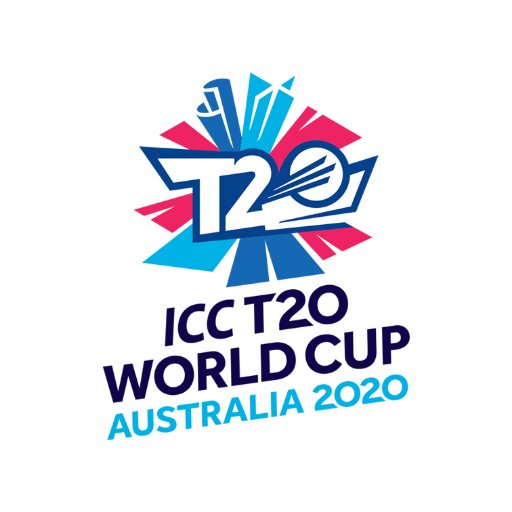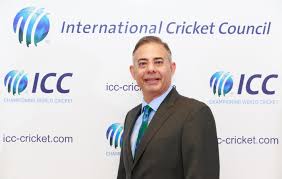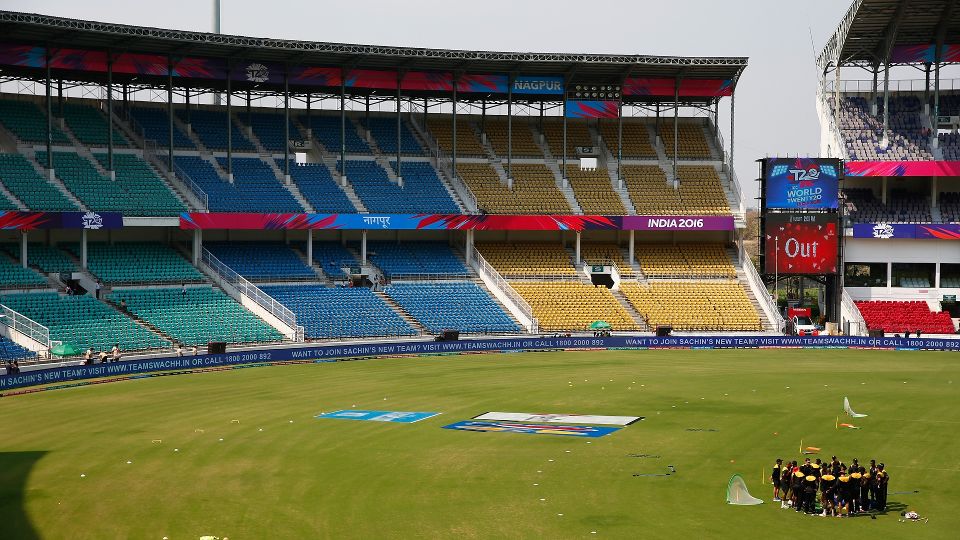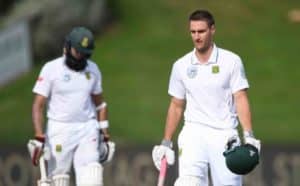In the next month the game’s leaders have to make some of the biggest decisions of the last decade, writes RYAN VREDE.
The last few weeks have featured more focused discussions about how and when cricket, specifically international cricket, should return.
There is a discernible push from most governing bodies to restart. The ‘how’ and ‘when’ remain unclear, but the game’s global leaders will have to find workable solutions that will define the game as we know it in the coming month.
The T20 World Cup, scheduled to be hosted in Australia in October, is chief among those. At this point it is hard to see how that goes ahead, given the complexities of organising a global tournament safely in the current environment.
Australia’s government, in the back end of their fight against the coronavirus, would likely be reluctant to see an influx of players, coaching staff and management, as well as broadcasters from across the globe. The risk of a second wave would be high and given the economic and health impact the virus has already had on the Australian economy, the ICC would have to present a bulletproof proposal to the country’s government.
This is unlikely to materialise, with a source close to the contingency planning telling cricinfo.com that there is little to no hope of an October start.
T20 cricket is the game’s most popular, marketable and profitable product globally, with the World Cup being the pinnacle in this context. A strong argument can be made that it is the most important event in the modern game. Certainly commercially, but more so for the game’s continued growth, both in terms of participation (especially among young kids) and global reach.
Cricinfo reports that four contingency plans are being considered: February-March 2021, October-November 2021, February-March 2022, October-November 2022. Australia would retain hosting rights in all these scenarios.
The ICC’s power structure will be exposed along the way, with India already scheduled to host the 2022 event in October. This, however, is far from certain, following reports that the BCCI failed to secure a tax exemption for the tournament from the Indian government. This puts the ICC in a tough position.
The governing body growled at the BCCI this week, threatening to strip them of hosting rights. However, it is a well-established fact that the Indians enjoy a level of influence unmatched by any of the member nations. The weeks ahead will reveal the ICC as either a legitimate and powerful leadership force or a lapdog of the game’s underlying rulers, the BCCI.
The final dilemma is one that has the potential to fundamentally change the game – the banning of saliva to shine the ball. The ICC is likely to push ahead with this recommendation and this will dramatically weight the contest in a batter’s favour.
There has been strong opposition voiced by current and former players, batsmen included, who cite the importance of swing and reverse swing in balancing the contest.
Test matches, particularly on the subcontinent, have been transformed as a contest when the ball starts to reverse, making this a move that will shape cricket for as long as it’s in place. The premise is noble, but the alternative offered – the use of sweat – is poor. What happens on cold days in England, New Zealand and other parts of the world where it’s hard to build up a sweat? What about fielders licking their hands (thinking Ricky Ponting) or fingers to aid their catching ability?
The ICC are opposed to any artificial substance being used and thus have effectively taken away a key weapon in a bowler’s arsenal. That’s just not cricket.
Player health and safety are the priorities and should be. However, there needs to be more thought applied to alternatives that would contribute to maintaining the balance of the contest.
These are critical decisions the ICC must make. We wait. We watch.








